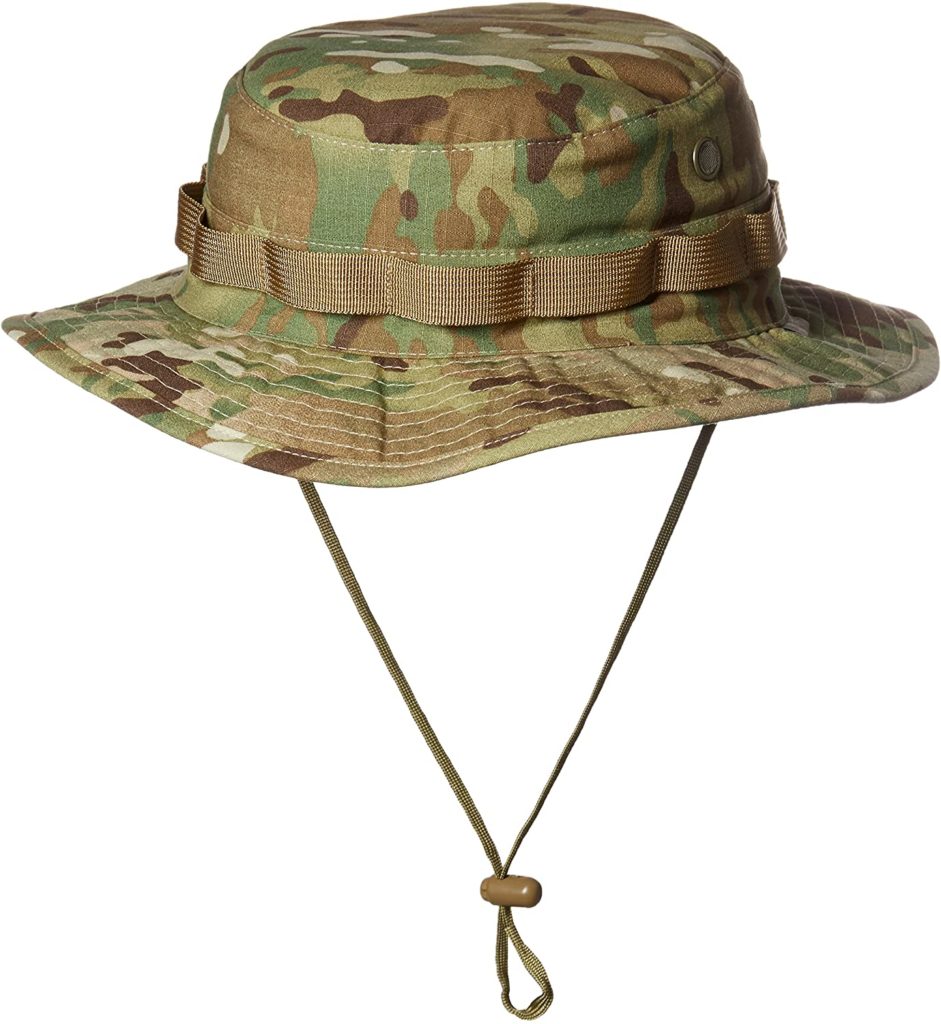The boonie hat is one of the most iconic pieces of headwear thanks to it’s rich military history, where it has been largely utilized by special forces and most recently private military contractors. The boonie hat dates back to 1937 when it was issued to US military personal as part of the 1937 blue denim fatigue uniform. Shortly after, the M1941 green fatigue uniform also featured the boonie hat and from there it took off. The name “boonie” hat comes from the abbreviation form of “boondocks” which was originally American military slang derived from Tagalog bundok, “mountain”, during the Philippine-American War.
During the Vietnam war, the boonie hat was introduced to the US Army Green Berets of the 5th Special Forces Group which was the first time it was really worn in the field. The Green Berets wore the boonie hat along with their Australian and Army of the Republic of Vietnam comrades. During this time, the US Army realized there were some benefits to the boonie hats over the traditional hats and began issuing them as a “Hat, Jungle, with Insect Net”. It was made of cotton and wind-resistant poplin, in olive drab, tigerstripe, and ERDL patterns.

During this time, the hat was meant to supplement and to some extent replace the patrol and baseball caps which the US Army had in service since World War 2. Since then, the boonie hat has not left the US Army and has been more recently seen in use during the Iraq War and the War in Afghanistan. You can’t blame them either as the boonie hat is highly adaptable to the field and theatre. For example, you can easily sow things onto them in the field, such as markers to signal friendly units of troop movement and prevent friendly fire. Don’t expect to see the boonie hat going anywhere anytime soon!


